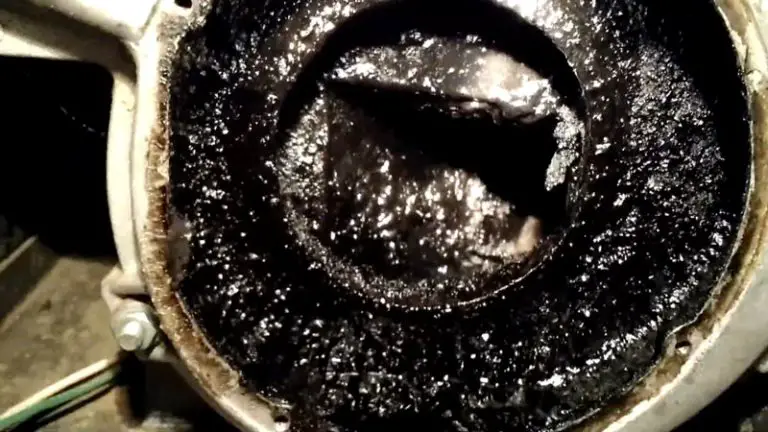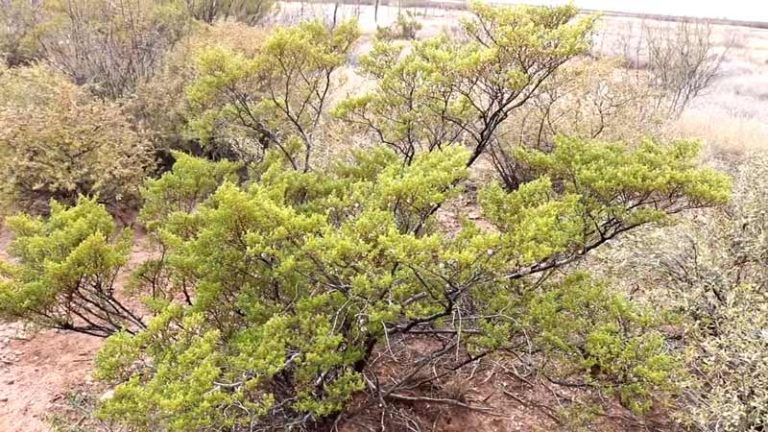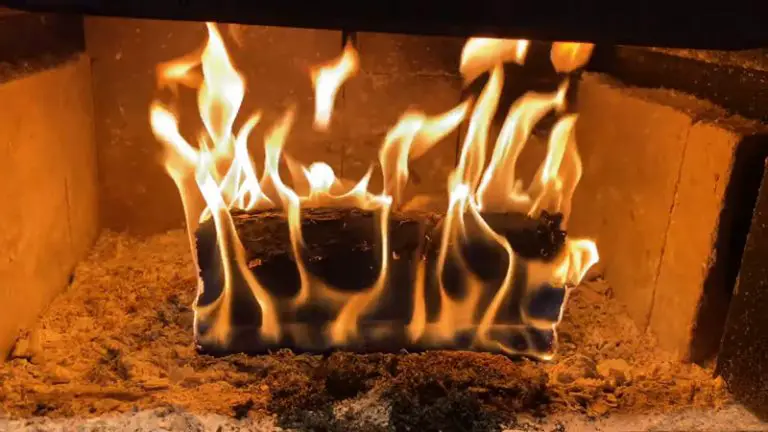What Vents Should Be Open On A Wood Burner
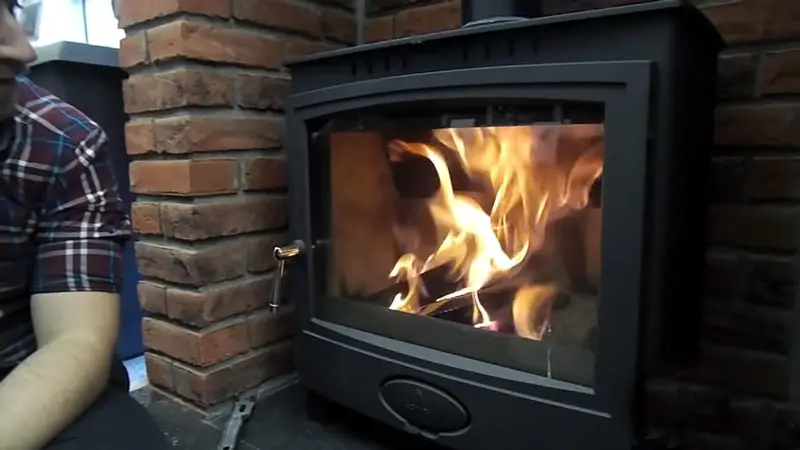
Make sure your air vents are open to allow the room to circulate and keep the wood wet in case of a fire. Include items such as oil, matches, flint, candles, and lighters with your emergency kit in case you have to survive without utilities for an extended period of time.
Choose a fire starter that contains oil so it will start easily when needed; this is especially important if there is no electricity or gas available. Keep water handy so you can douse any flames that may arise from using these essential survival tools and supplies.
You'll Learn About
What Vents Should Be Open On A Wood Burner?
Make sure your air vents are open to allow proper ventilation in the home. Keep wood wet so it doesn’t catch fire. Use a fire starter that contains oil, such as a lighter or matches, in order to create a spark and start the fire quickly if necessary.
Make Sure Your Air Vents Are Open
Make sure the air vents on your wood burner are open to allow for proper combustion. If you have a gas stove, make sure all of the knobs and buttons are turned off before lighting the fire.
You can also use an oven thermometer to ensure that your heat is reaching all parts of the oven safely and evenly. A drafty house will cause poor performance from your wood-burning stove, so keep an eye on this.
It’s important to be aware of these safety tips in order not only to enjoy your woodburning experience but also to protect yourself and those around you.
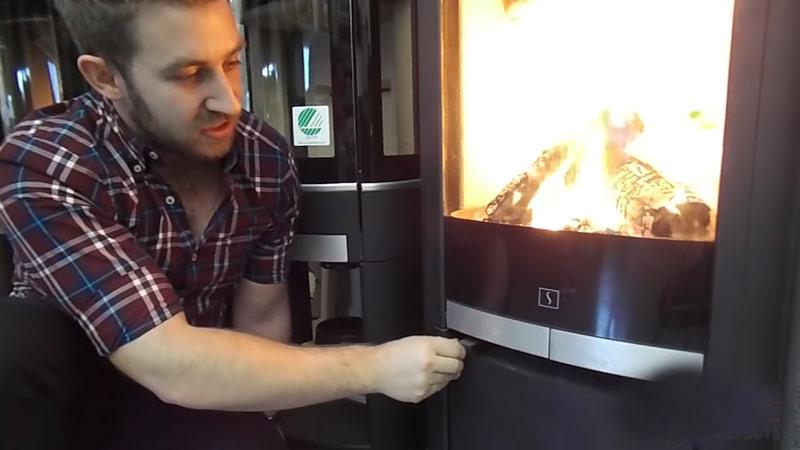
Close the Damper Vents a Little
After a few while of burning, the damper vents will become open to allow fresh air into the firebox. Keep them open as long as possible, and if they become blocked with soot, it’s OK to close them, provided they’re not too full of soot. After a while, the damper vents will be open again to allow fresh air into the firebox.
Flue Vent Can be Kept Open
Every stove has flue venting, which is used to vent hot air from the stove, out of the house. The flue vent is usually located on the side of the stove, and is open on the top. These flues are used to vent smoke and hot gases out of the house.
The flue vent must be open during the burning process in order to prevent the gases from building up and causing a fire. Some stove flues are open at all times, while others are only open when the fire is burning. It’s best to always check the flue vent for proper function, as a blocked flue will not allow hot air to be released.
Controll Wood Burning
Wood fireplaces are a popular choice for people who want to stay warm in the wintertime, but they can be very dangerous if not properly maintained. Make sure all of the vents on your wood-burning fireplace are open at all times so that moisture and heat exchange can take place effectively.
Keep an eye on the logs as they burn to ensure that they don’t start too much of a blaze before you’ve reached your desired temperature setting – this could easily result in damage to your home or injury. If there is ever any type of problem with your wood-burning fireplace, always call a professional because it can be difficult and time-consuming to fix yourself.
Always use caution when using a wood-burning fireplace – make sure you have everything necessary (like an emergency whistle) in case something goes wrong.
Use A Fire Starter That Contains Oli
Make sure that the vents on your wood-burning stove are open before lighting it up. Choose a fire starter that contains oil in order to get the stove started quickly and easily.
Always use caution when using a wood-burning stove, especially if you’re new to the hobby. Check your chimney for any obstructions before starting the fire; these can cause problems down the line.
Be prepared for flareups by having plenty of water available in case things go awry.
Should vents be open on log burner?
If you have a log burner, it’s important to make sure that the vents are open. This will allow the heat from the fire to escape and prevent your house from catching on fire.
When using a log burner, it is important to open both the air vents fully in order for the fire to burn effectively. Closing the door when not cooking will help keep the room cooler and prevent the flame from spreading.
It’s also important to close doors and windows when not in use as drafts can cause problems with your fuel supply or build up heat quickly. Finally, having an ash bed on your burner will ensure that wood burns completely without leaving ashes behind.
How do the vents work on a wood burning stove?
Wood-burning stove fans work by drawing air in from the surrounding area and blowing it out through the chimney. This heat is then transferred to the wood, turning it into ash.
The fan must constantly circulate this hot air around the stove so that all parts of the stove get equal heat. The vents on a wood-burning stove allow the fuel to burn quickly and efficiently.
When you open up the vents, it allows all of the waste gases and smoke to escape quickly. This keeps your home or office clean and free from harmful fumes. You need to close the vents in order for your wood-burning stove to operate correctly – otherwise, you’ll be risking a fire.
Otherwise, these openings are just there for aesthetic purposes only; they have no effect on how much heat your stove produces. The flue ducts direct all the expelled gas and smoke outta there so that it doesn’t accumulate in any one area – this helps keep your house or office smelling great.
Closing off the vent openings is important because if not done properly, too much air could enter the furnace which would cause an increase in temperature (and possibly even a fire). And lastly…these things just look cool 🙂
How do I control the airflow in my wood stove?
To control the airflow in your wood stove, open and close the damper, and turn the knob to control airflow. Make sure that you are using a proper chimney starter before lighting your fire; if not, use an OPEN damper to allow more air into the stove for better combustion (this should only be done with adult supervision).
Be mindful of how much ventilation is necessary when heating your home – too little airflow can cause heat build-up and danger. Keep children and pets away from any open flames or hot surfaces – they may get burned very easily.
Why does my wood stove have two dampers?
Most wood stoves have two dampers – one to control the airflow into the stove, and one to control the airflow out of the stove. These dampers keep heat in and smoke and sparks out while you’re burning your wood.
Open both front dampers completely
Adding air to the combustion chamber will help start the fire and provide better heat distribution. By opening both front dampers, you are supplying enough oxygen to ensure an even burn.
Damper supplies air for combustion
The damper on the door helps supply air directly to the gas flame that is used for heating your home. This allows more efficient use of fuel, which results in fewer emissions and a longer stove life.
Does a wood stove burn hotter with the damper open or closed?
When “operating” a wood stove, it is important to open the damper approximately one-fourth of the way in order to allow smoke and airflow through the firebox and out the chimney.
Too tightly closing the damper on a wood stove can cause less smoldering and lack of heat, while too loosely closing it will let more smoke and air into the firebox which could lead to an unsafe environment.
Checking if your damper needs adjustment should be done regularly in order for your appliance to work properly at its optimal performance level – this includes opening/closing according to the manufacturer’s specifications as well.
Always use caution when using any type of stovetop, especially with children around – proper safety precautions must always be followed.
What are the vents on my fireplace for?
Direct venting your fireplace allows fresh air to circulate into the firebox and exhausts harmful gases, smoke, and ash out the side. This creates a cool atmosphere in your home.
By using a direct vent, you also save on energy costs by not having to use an indirect method of ventilation like ductwork or chimneys. You can find direct vent fireplace models at most major home improvement stores or online retailers.
Make sure to measure the dimensions of your existing fireplace before purchasing a new direct vent model as some come with specialized features that require extra clearance (like raised levels).
What are the two levers on my fireplace?
The two levers on your fireplace are the damper and the draft stopper. If the fireplace is not burning, check to see if one or more vent blocks are in the way of airflow.
Fireplaces can also have damaged or defective draft stopping devices that need to be fixed before they cause a fire hazard. Make sure your fireplace is at least 1 foot away from any other structure for safety reasons and lastly, open up all of the air vents to make sure they’re working correctly
Which way opens the flue?
To open the flue, turn the knob anticlockwise or clockwise to open it. If you can’t find a control, look for an exhaust gasket on the chimney to close it.
To close the firebox, push or pull to open or closed as needed. If you can’t find your way around and need help opening or closing the flue, please ask someone else for assistance.
Last but not least: Have fun with this new hobby – Chimney Safety is important.
Fun fact: To remove the chimney from the house, open the top and lower the chimney from the house. If you are using a ladder, stand on the lower step of the ladder, and open the chimney from the outside. Pull the chimney down to the ground.
What are the levers on a log burner?
The levers on a log burner are used to control the amount of heat that is put out by the fire. They can be turned up or down to change how much heat is produced.
The Lever on the Side of the Stove
The lever on the side of a stove allows you to easily control how much ash falls through and is collected. This grate also helps control fire and keep things clean, making it an important part of your log burner’s functionality. It can be easily removed for cleaning purposes.
Rotating Grate Allows Ash
A rotating grate allows ash to fall through and be collected in one place, which keeps your stove clean and functional.
Additionally, this feature prevents ashes from building up inside the grill or around the edges, which could cause problems with its performance or safety.
Helps Control Fire and Keep Things Clean
Keeping your stove clean is essential for its proper function as well as ensuring that it remains safe during use.
A dirty grate will not allow heat to reach all areas of the wood so it may result in uneven burning or even a fire hazard altogether.
Easily Removed for Cleaning
For the purpose of cleaning, you can simply pull out the grate or remove the door. If you have a problem with the flame on the burners, you can remove the burner. The door on the side of the grill can be opened and closed easily.
The door is also covered in a sturdy, nonslip material. The door opens with a handle, and it closes with a spring-loaded latch. In order to keep the odor out of the house, you can simply use an odor absorbing additive with the charcoal.
Properly Managing the Vents
Properly managing the vents on your wood burner is essential for efficient burning and heat output. Typically, the primary air vent should be open when starting the fire, while the secondary vent can be adjusted to control the burn rate. Always follow the manufacturer’s guidelines for optimal performance.
If you’re using a wood burner, it’s worth learning about the creosote bush, a plant often associated with wood-burning odors. Additionally, understanding how to avoid creosote when smoking meat can provide insights into managing similar issues. For more tips, explore what’s inside a creosote sweeping log.
To Recap
Wood-burning stove vents should be open when the fire is burning in order to allow air into the stove and prevent smoke from buildup. The vent shouldn’t be left open while the stove is off, as this will let drafts inside and cause a mess.
If you’re not sure whether or not your wood burner’s vent is open, check for smoke coming out of it.

